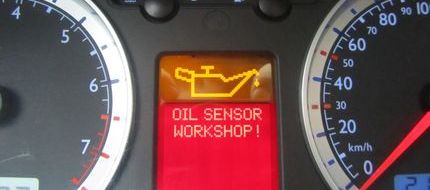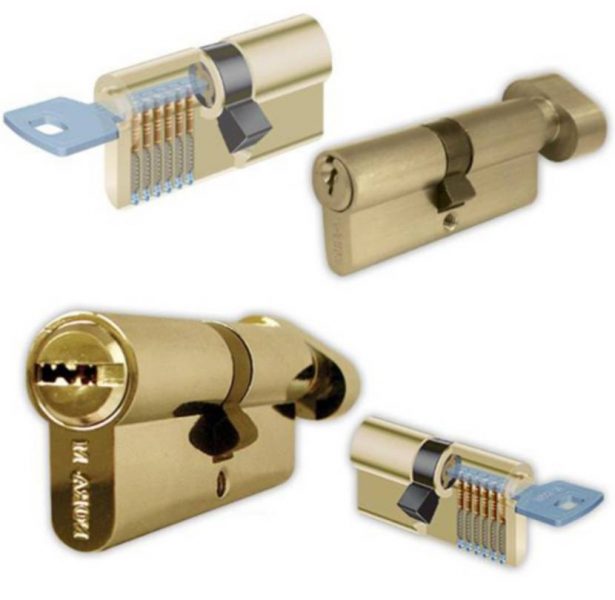
Symptoms of a Faulty or Faulty Low Oil Sensor
Content
Common symptoms include inaccurate oil readings, oil light on for no reason, vehicle won't start, and Check Engine light on.
Oil is the blood that keeps your engine running for hundreds of thousands of miles. Regardless of engine type, all internal combustion engines require a certain amount of oil to circulate in the engine in order to properly lubricate metal parts. Without it, metal components will heat up, break down, and eventually cause enough damage inside the engine to render it useless. To avoid this problem, an oil level sensor is used to alert drivers that their engines need additional engine oil to run properly.
The oil level sensor is located inside the oil pan. Its main task is to measure the amount of oil in the sump before starting the engine. If the oil level is low, the warning light on the instrument panel or the check engine light will come on. However, as it is exposed to extreme heat and harsh conditions, it may wear out or send erroneous data to the Engine Control Unit (ECU).
Like any other sensor, when an oil level sensor fails, it will usually trigger a warning or error code within the ECU and tell the driver that there is a problem. However, there are other warning signs that there may be a problem with the oil level sensor. The following are some of the symptoms of a faulty or failing oil level sensor.
1. Inaccurate oil readings
An oil level sensor will alert the driver to low oil levels in the crankcase. However, when the sensor is damaged, it may not display this information accurately. Most car owners check the oil level manually after a warning appears on the dashboard. If they check the oil level on the dipstick and it is full or above the "add" line, this may indicate that the oil sensor is faulty or there is another problem with the sensor system.
2. Oil indicator lights up frequently
Another indicator of a potential problem with the oil level sensor is an intermittent light coming on. The oil level sensor is supposed to be triggered as soon as you start the engine since the data is collected when the engine is off. However, if this warning light comes on while the vehicle is moving and has been running for a while, this may indicate that the sensor is damaged. However, this symptom should not be avoided. This warning sign may indicate an engine oil pressure problem or that the oil lines are clogged with debris.
If this symptom occurs, it should be taken very seriously, as low oil pressure or blocked lines can lead to complete engine failure. Contact your local mechanic as soon as you notice this problem to avoid further damage to internal engine components.
3. Car won't start
The oil level sensor is for warning purposes only. However, if the sensor sends erroneous data, it may generate an incorrect error code and cause the engine ECU to not allow the engine to start. Since it is likely that you will call a mechanic to determine the reason why your engine is not starting, they will be able to download this error code and fix the problem by replacing the oil level sensor.
4. Check Engine light comes on.
If the oil level sensor is working properly, when the oil level is low on your car, truck or SUV, the oil level light will come on. It is also common for the check engine light to come on if the sensor is damaged or defective in any way. The Check Engine Light is the default warning light that should inspire you to contact your local ASE Certified Mechanic any time it comes on.
Every responsible car owner should check the oil level, pressure and cleanliness of the engine oil each time the engine is started. If you notice any of the above symptoms, be sure to contact an experienced mechanic from AvtoTachki.com so they can fix these issues before they cause further damage to your engine.
